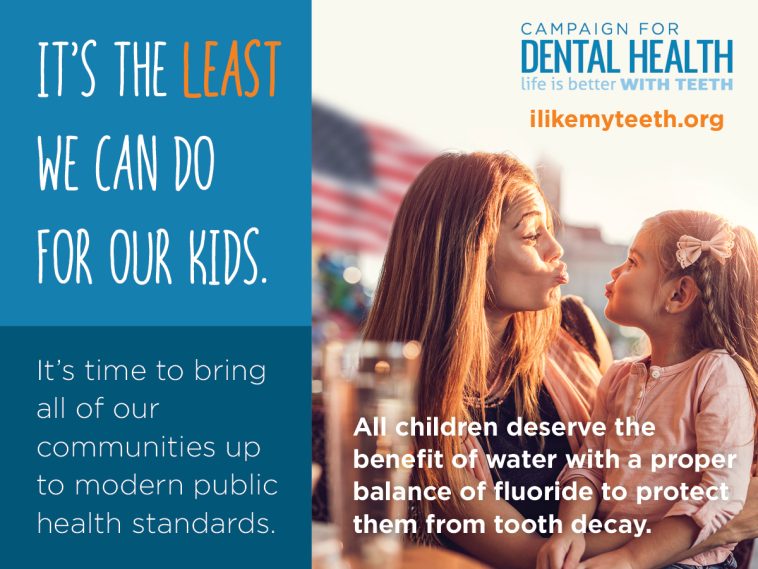The future vitality of national public health hinges on the ability of the incoming administration to rectify certain campaign rhetoric. This includes addressing erroneous claims about water fluoridation made by a potential U.S. Department of Health and Human Services secretary. In a social media post in November, this individual suggested that fluoride, mischaracterized as industrial waste, was linked to arthritis, bone fractures, bone cancer, loss of IQ, neurodevelopmental issues, and thyroid disorders. They also stated the incoming president would advise all U.S. water systems to eliminate fluoride from public supply. Such uninformed direction could jeopardize public health in America.
Dismissive statements on water fluoridation may appear true on the surface, but a thorough investigation of facts reveals their inaccuracies. Contrary to misinformed belief, fluoride is not an industrial waste product but a mineral that is naturally present in rocks and soil. It is known to seep into streams and various other water sources.
The protective quality of fluoride against tooth decay was first discovered in the 1920s. Notably, residents of Colorado Springs, Colorado, exhibited lower than average cavity rates due to substantial fluoride traces in their water supplies resulting in stained teeth. This revelation paved the way for thorough research and subsequent implementation of water fluoridation in community water supplies across the United States.
The potential dangers of fluoride were earnestly investigated as part of its introduction into water supplies. Starting from the 1930s, the National Institutes of Health commenced studies on how fluoride interacts with the human body. However, it was only in 1945 that the first major trial of community water supply fluoridation was implemented within the city of Grand Rapids, Michigan.
The Grand Rapids trial proved to be successful, with the cavity rate among children falling by a remarkable 60%. Further research has indicated that fluoridated water not only diminishes incidences of cavities and related dental discomfort but also significantly reduces days missed from school and work. These positive outcomes have encouraged many American cities and towns to introduce water fluoridation.
Cities like Philadelphia proudly joined the ranks of those benefiting from water fluoridation. Consequently, by the year 2010, tap water sourced from fluoridated systems was being consumed by more than 200 million Americans. The efforts to incorporate fluoride in water supplies have been hugely successful, without recorded incidents of any public health crisis.
Fluoridation of water supplies across most of America has seldom been implicated in any public health issue. Contrarily, it is heralded as a major public health victory. The Centers for Disease Control and Prevention has identified water fluoridation as one of the most significant public health advancements of the 20th century.
However, it is worth noting a study by the National Institutes of Health that suggested a possible link between lower IQs in children and prolonged exposure to drinking water with fluoride levels exceeding twice the federal government’s recommendation. Yet, it’s crucial to question why any municipality would knowingly oversaturate the water supply with fluoride, significantly surpassing the government’s guidelines.
Indeed, there are no benefits for local authorities to knowingly endanger the health of their citizens—both children and adults—by overdosing fluoride in the water supply. The actions of public health agencies pivot around scientifically proven evidence when making decisions that have the potential to significantly impact life and death.

